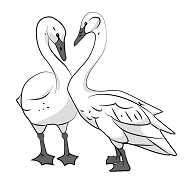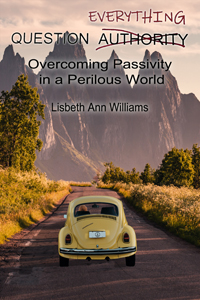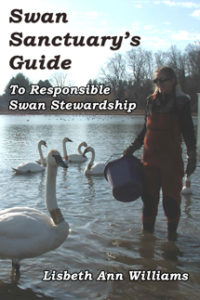I am always happy to hear about steps being taken to increase biodiversity and lessen the impacts of non sustainable practices that have so negatively affected other species. Salmon need cool, running rivers in which to spawn so that their eggs will survive and successfully populate the next generation. Steps have been taken in Scotland and in rivers elsewhere, to plant trees along the river banks, in order to provide needed shade. The shade helps to keep the water temperature from becoming too warm, thus ensuring a healthy salmon population.
Trees help to strengthen the riparian buffer, anchoring the soil so that it is not eroded and lost downstream. The riparian buffer is that area adjacent to a river, lake, or pond that is normally covered in vegetation. The trees, shrubs, and other plants that are present in the buffer zone, aid in slowing down water runoff so that it can spread out to nearby plants and slowly percolate down into the soil. They also help to prevent pollutants from entering into and polluting bodies of water. It is not uncommon to see private ponds that are devoid of a healthy ecosystem surrounding them. They often have grass growing right up to the edge of the pond. When the grass is mowed, the clippings wind up in the water, causing algae blooms, turning the pond a putrid green. Nitrogen from fertilizers and other chemicals that have been applied to the lawn also end up in the water, resulting in dead fish and other aquatic life. If the pond is stream fed, the polluted water then enters the stream, eventually flowing into a major river and out into the ocean.
Ponds are not the only way that rivers are polluted. Rain from rooftops runs off houses, across lawns that have been heavily saturated with nitrogen, down driveways, into the streets, winding up in local sewer systems. Millions of gallons of water are wasted as homeowners set sprinklers to water their lawns, often with the overspray running down the street gutters. There are many ways that we, as individuals, can save water. Permaculture teaches us to slow down the flow of water on our property. We can build berms and swales. We can install rain gardens. We can build hügelkultur beds. We can use rain barrels or install ponds that are fed from roof gutters. We can assure that no soil lies bare by keeping it covered with plants and mulch. There are many ways that all of us can make a difference for our planet, but we must be willing. We can only do our own part, but that part we must do if we are to reverse the damage we have done.



